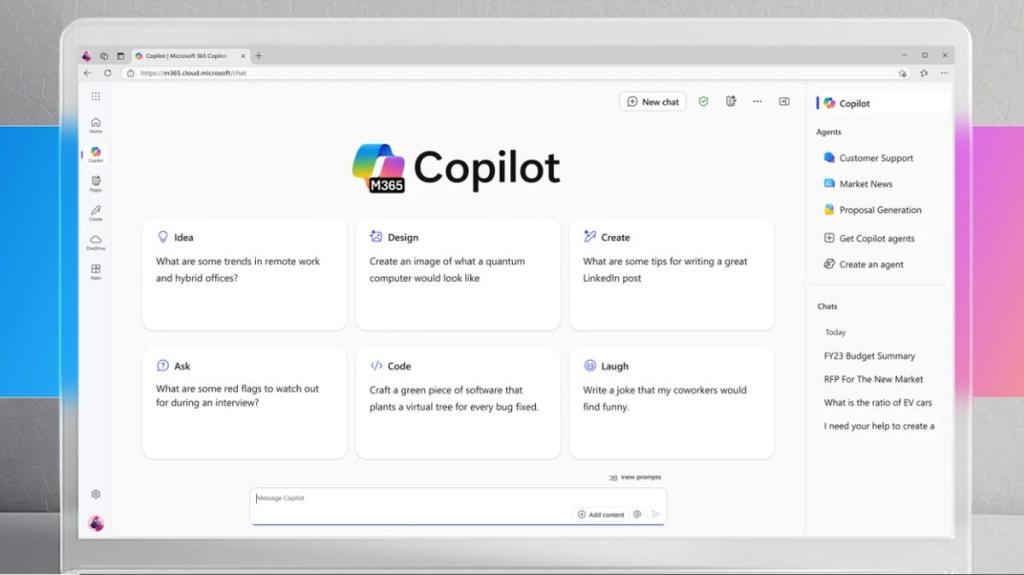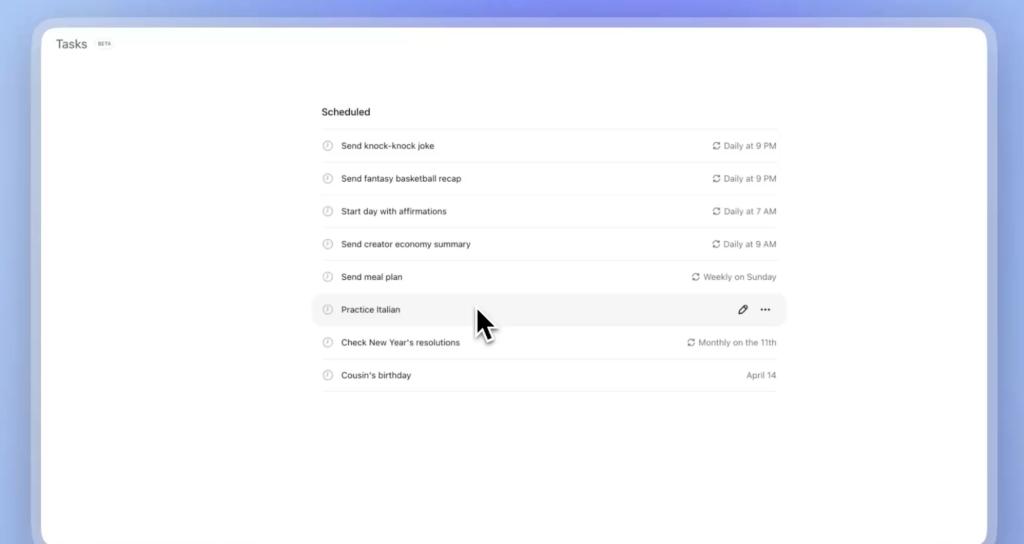OpenAI Unveils Advanced Reasoning Models o3 and o3-mini
Discover how OpenAI's new o3 and o3-mini models revolutionize AI reasoning, offering improved accuracy and enhanced problem-solving capabilities for diverse applications.

Key Points
- OpenAI
's new reasoning models, o3 and o3-mini, offer significant advancements in AI accuracy and problem-solving capabilities.
- The o3 model achieved a remarkable 96.7% on the American Invitational Mathematics Examination, demonstrating its enhanced reasoning abilities.
- Applications for external safety researchers to test o3 and o3-mini are now open, reflecting OpenAI's commitment to model refinement and safety.
As we navigate through the intricate landscape of artificial intelligence, it's evident that innovation is at the heart of progress. OpenAI recently concluded its groundbreaking "12 Days of OpenAI" campaign with the announcement of its latest reasoning models: o3 and o3-mini. These models represent a significant leap forward in AI capabilities, driven by the need for more profound reasoning processes that move beyond simple question-and-answer interactions.
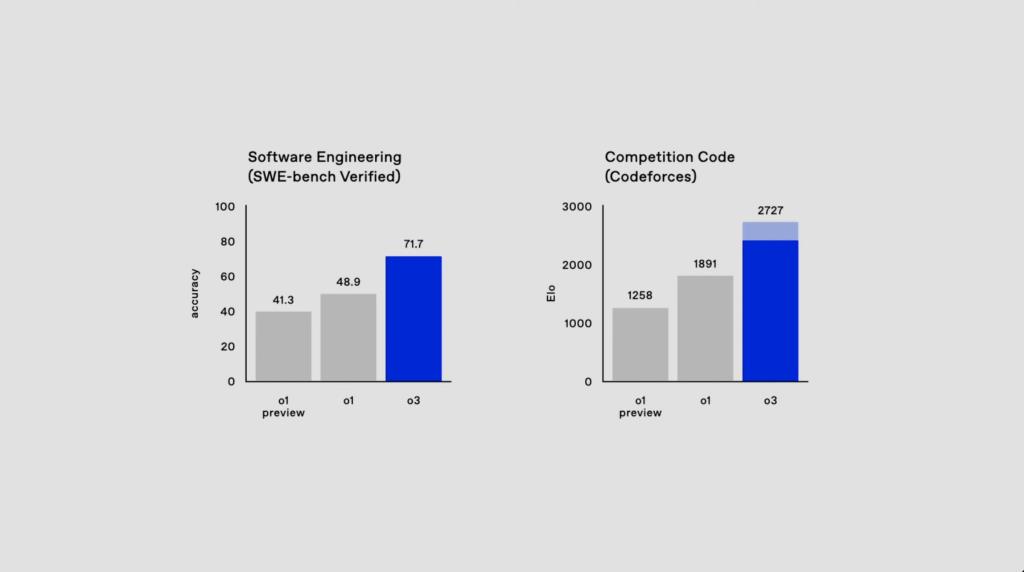
Unpacking o3 and o3-mini
The o3 model, which stands at the forefront of OpenAI's advancements, builds on the foundation laid by its predecessor, o1. This evolution signifies more than just numerical progression; it marks the introduction of advanced reasoning capabilities that are essential for tackling complex problems. According to OpenAI's benchmarks, o3 achieved an impressive 96.7% score on the American Invitational Mathematics Examination, surpassing o1's score of 83.3%. This remarkable improvement demonstrates o3's ability to genuinely think through problems rather than provide quick, often inaccurate responses.
A New Approach to Reasoning
OpenAI describes o3’s unique processing method as "simulated reasoning". This entails a model pausing to thoroughly examine and break down questions into manageable components before reaching a conclusion. For instance, when queried about growing specific plants in variable climates, o3 might analyze the optimal conditions for growth prior to delivering a final answer. Such an approach is particularly beneficial for users needing more reliable responses, potentially diminishing the frustration often experienced with conventional chatbots.
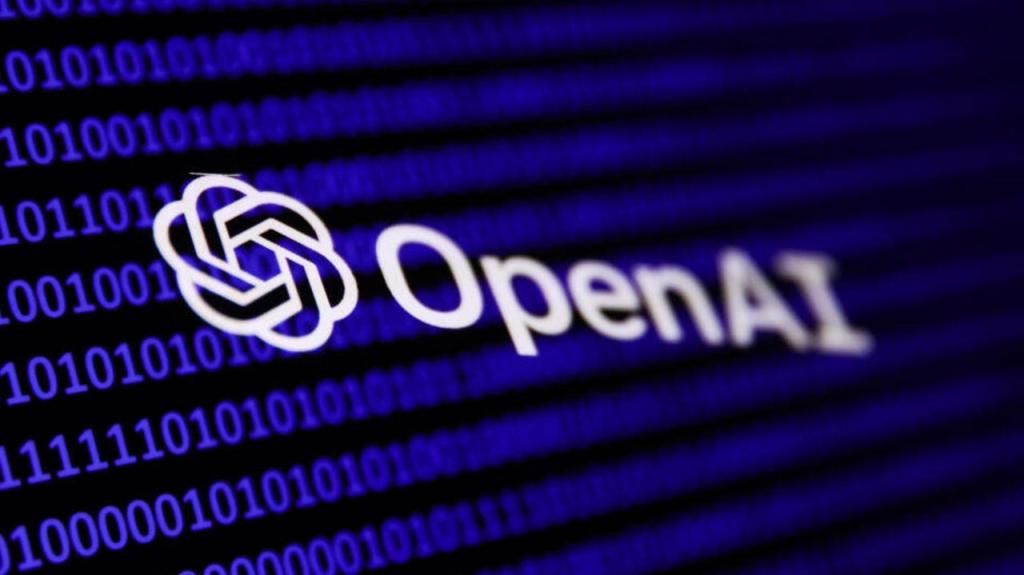
Why the Names Matter
Interestingly, the choice of nomenclature for these models has piqued curiosity. OpenAI's decision to leap from o1 to o3 was made to avoid potential trademark conflicts with O2, a telecommunications provider based in the UK.
, OpenAI's CEO, humorously acknowledged this naming quirk during the announcement, further enlivening the discourse surrounding the new models.
Implications for the Future of AI
The introduction of o3 and o3-mini not only signifies a technological advancement but also reflects a competitive dynamic in the AI sector, particularly against rivals such as
, which recently released their own reasoning model, Gemini 2.0. OpenAI's continuous push for better reasoning models, evidenced by the performance metrics of o3, reflects an industry-wide recognition of the necessity for smarter, more reliable AI interactions.

Moreover, the o3-mini variant brings an adaptive reasoning feature to the table, allowing users to select from low, medium, or high reasoning times based on their needs. This variability is a testament to OpenAI's commitment to providing cost-effective and efficient AI service without compromising performance. With capabilities that allow it to adaptively reason and think through challenges, o3-mini sets a new standard for future AI applications.
Future Testing and Applications
Currently, o3 and o3-mini are not available for public use; however, OpenAI has opened applications for external safety researchers to access the models for testing. This initiative not only showcases OpenAI’s commitment to safety but also its eagerness to refine the models based on practical feedback before their broader release.
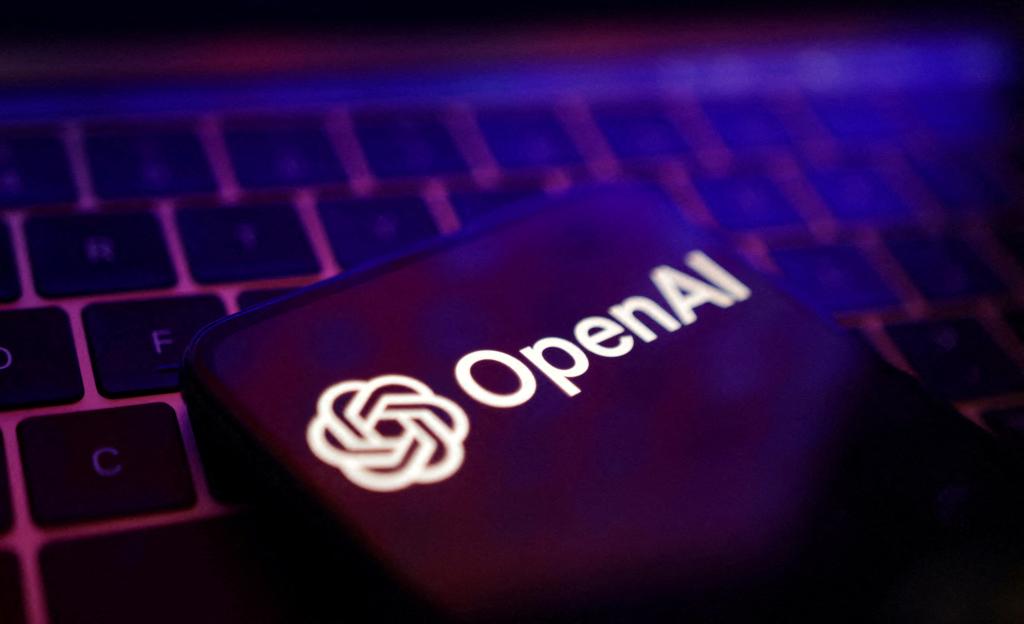
As we reflect on these advancements, it is clear that OpenAI's endeavor is reshaping the interaction between humans and AI. By prioritizing reasoning and thorough analysis, the o3 models stand to significantly improve the accessibility and reliability of AI technologies in both everyday use and specialized fields.

The excitement surrounding o3 and o3-mini resonates well beyond just their specifications. These advancements reflect a broader trend towards enhancing AI's practicality and accuracy in real-world applications. As we advance, it will be fascinating to observe how these models will be integrated into services and what new possibilities they will unlock for users and industries alike.

